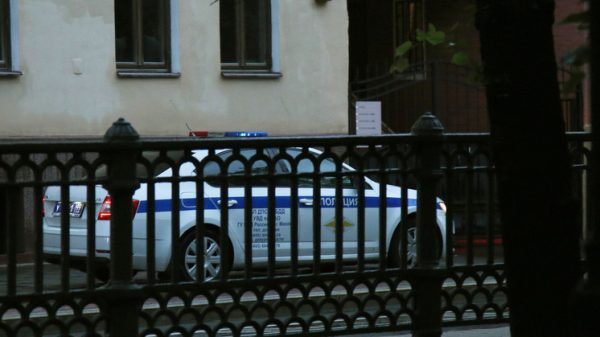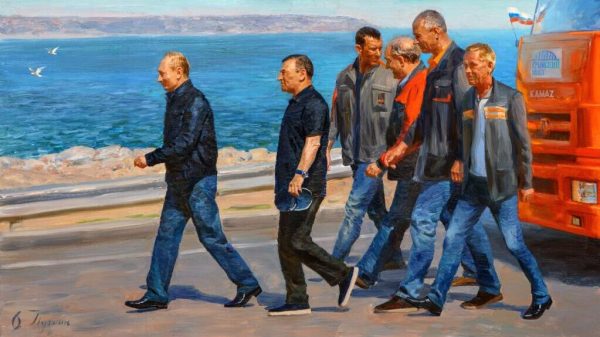Fears of zombies have terrified people since ancient Greece
Archaeologists excavating in East Germany have discovered a 4,200-year-old grave containing the skeleton of a man believed to have turn into a zombie. The find sheds light on the superstitious customs of Bronze Age Europeans.

The deceased was pressed down with a large stone to prevent him from rising from the grave and causing harm to the living. The thickness of the slab was 10 centimeters, the width — 50 centimeters, and length — approximately one meter. The purpose of the cargo was to prevent the deceased from digging up his own grave, as zombies or revenants are known to do (MK — a spirit that has risen from the dead and haunts the living).
The grave of the supposed «returned» from the other world» was discovered during excavations that began along the route of the planned underground transmission line SuedOstLink, which will supply electricity to Bavaria from Saxony-Anhalt. The remains were removed from a Neolithic grave and transferred to a laboratory in Halle for further study.
“This is an adult man, approximately 40-60 years old. He lies on his left side, legs bent and facing east, — says excavation director Uwe Moos. — A large stone was placed across his shins.»
According to Moos, the deceased was unable to experience the feeling of love or suffered from a serious illness.
«The heavy stone was placed in order to prevent him from come back, — explained the archaeologist. — This individual may have belonged to the Bell Beaker culture, making this burial the first of its kind in Central Germany of that period.
Although stories of vampires, zombies, and other undead ghouls were especially common in Europe during the Middle Ages, little is known about how deeply the idea of ghosts permeated Bronze Age mythology. The fact that the burial of a revenant was found in East Germany indicates that the legends were known in the area as early as the third millennium BC and that they originated even earlier — in prehistoric times.
“We know that even in the Stone Age people were afraid of ghosts, — explains archaeologist Susanne Friederich in an interview with German radio MDR. — In those days, people believed that the dead sometimes tried to get out of their graves.
Many ancient mythologies, especially the Celts and Scandinavians, had legends about ghosts or zombies. The ancient Greeks also had a genuine fear of evil spirits, as evidenced by their custom of weighing down buried bodies. The Romans believed in ghosts and, according to much literature, put stones in the mouths of the dead so that they could not rise and devour the flesh of the living.
To stop the rising of the evil dead, one way — put a large stone on the body.
«There are graves where the deceased even lies on his stomach, — Friedrich explains. — If he lies on his stomach, he burrows deeper and deeper instead of rising to the surface. There are also dead bodies lying on their stomachs, which were also pierced with a spear, so that they practically grew into the ground.






















































Свежие комментарии